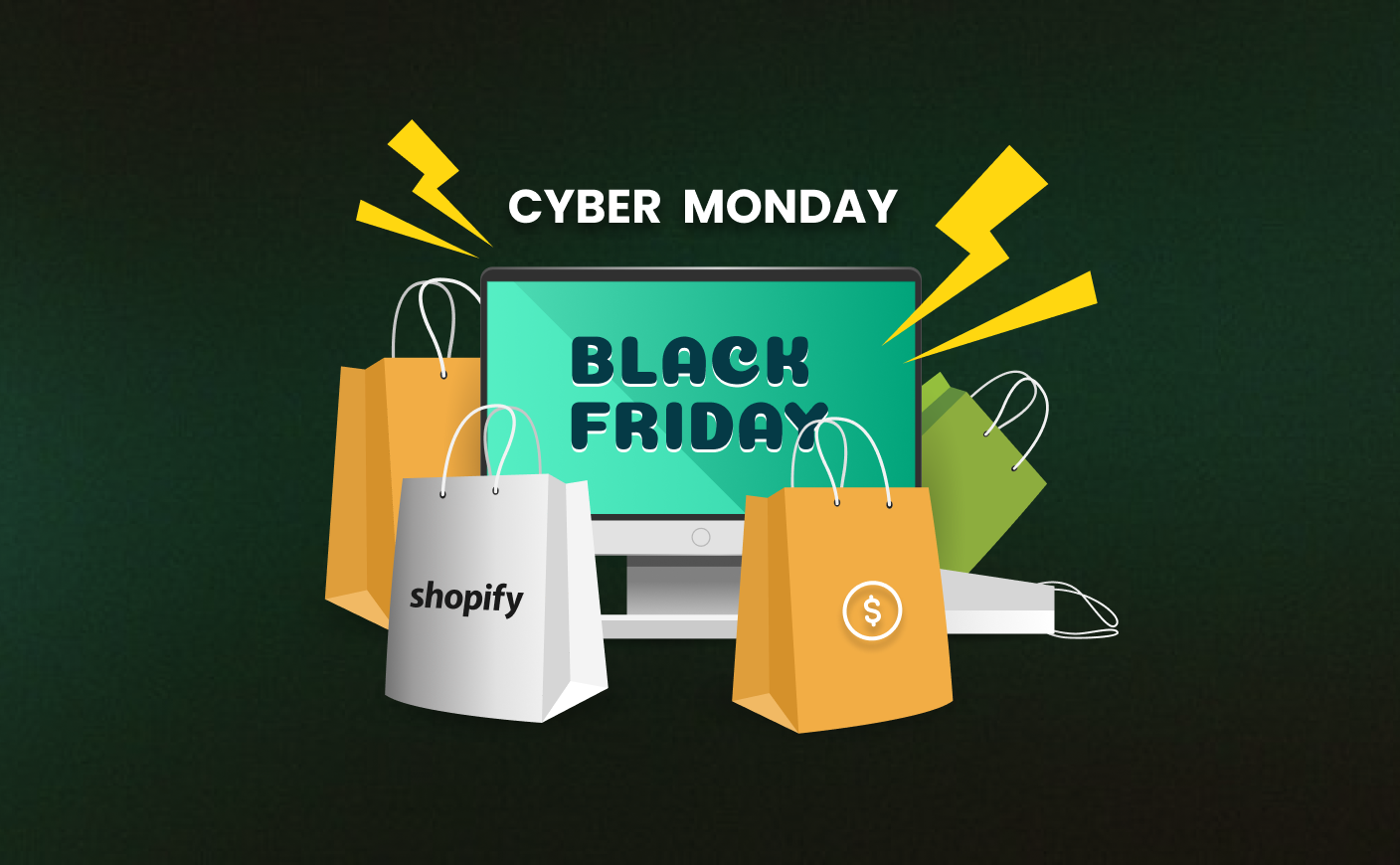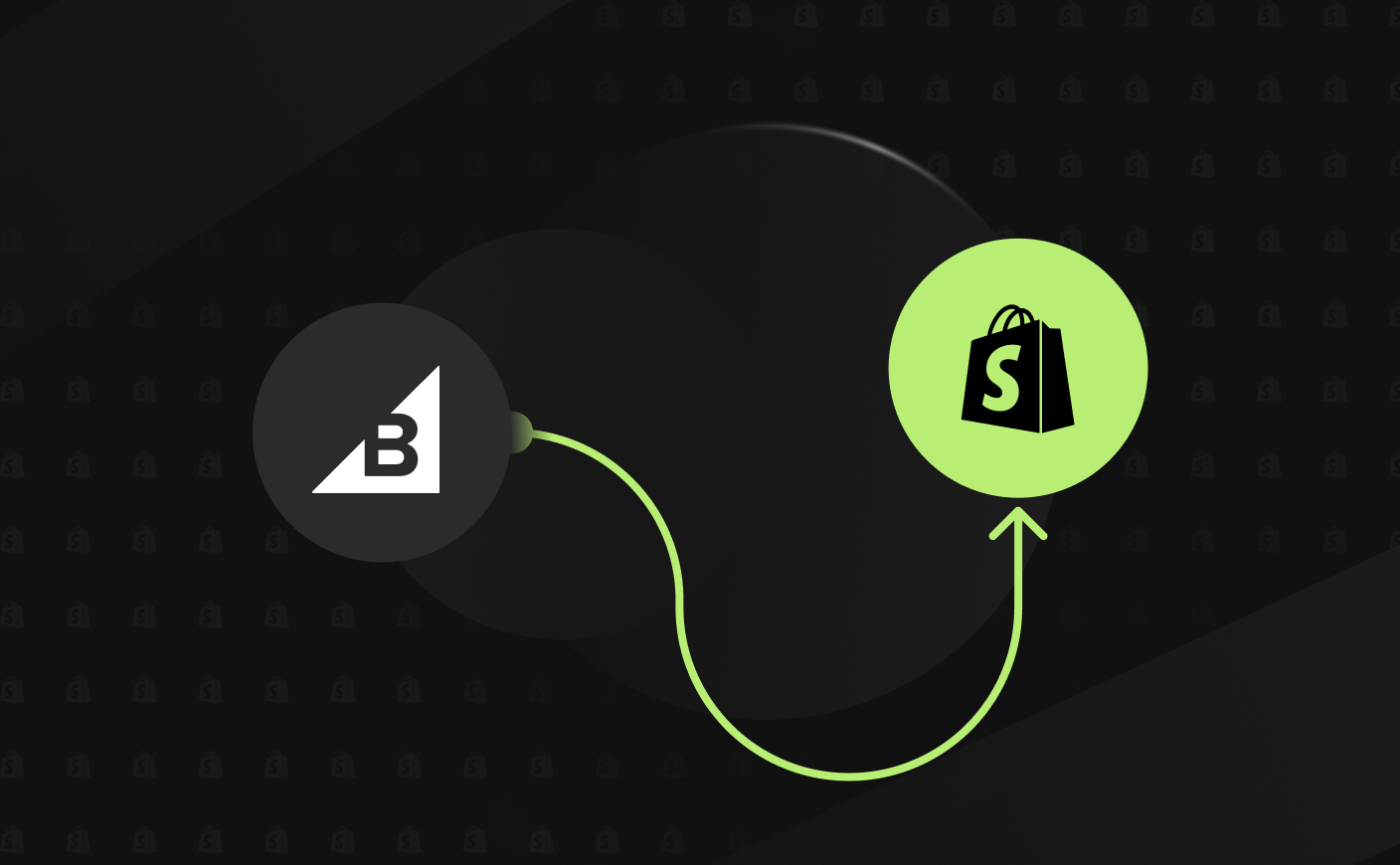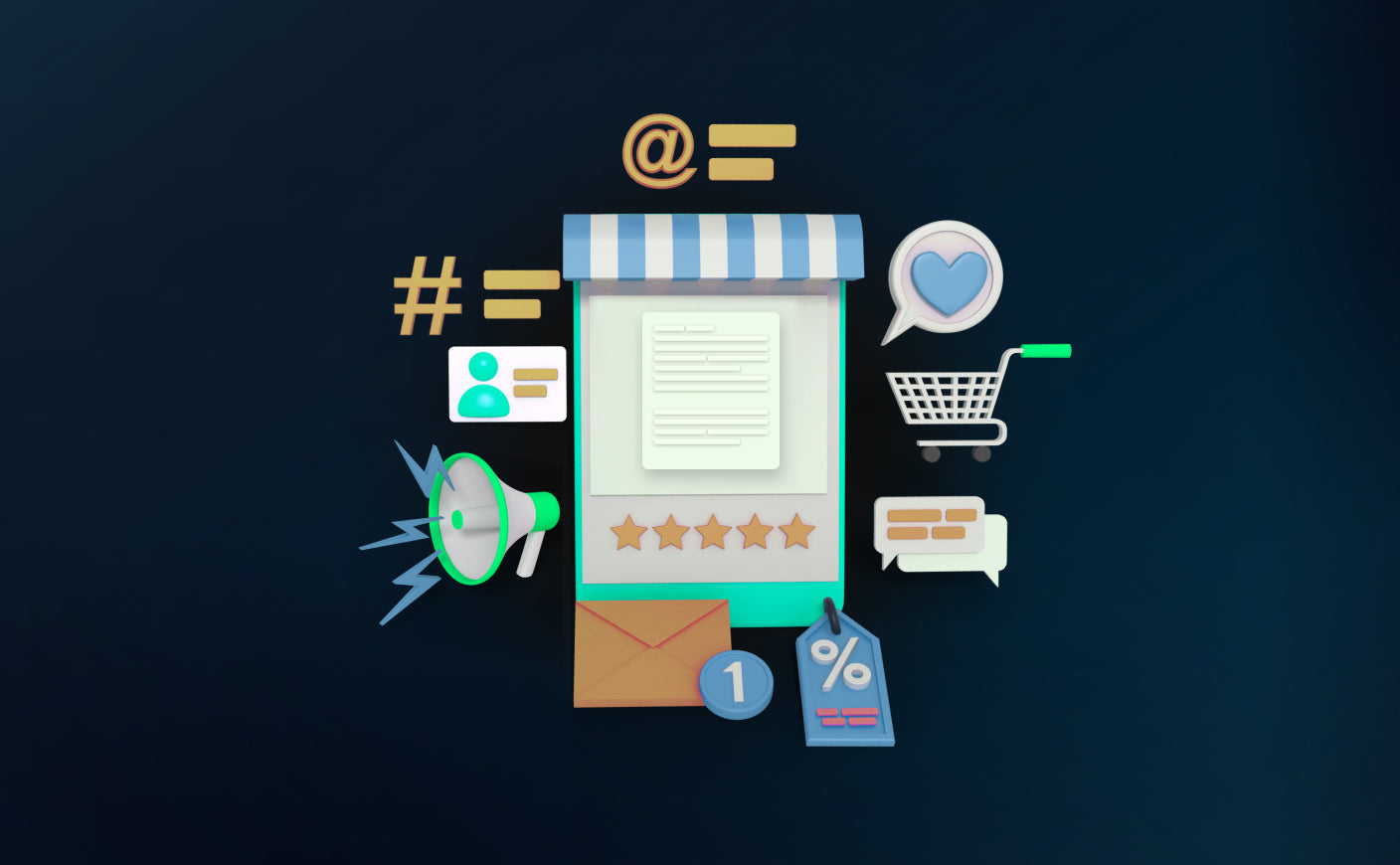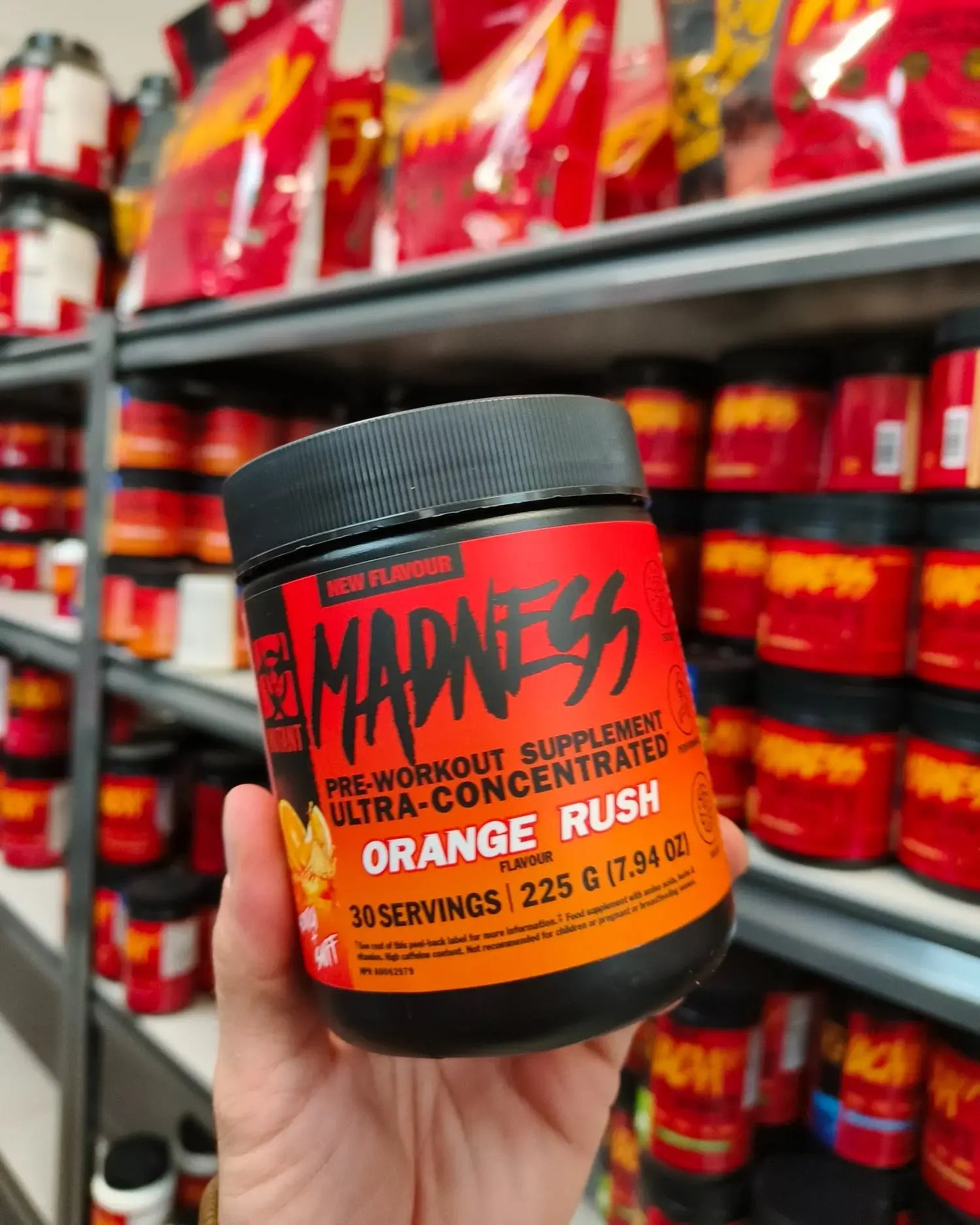Master Shopify SEO in 2025: Powerful Tips to Rank Higher
SEO
SEO Tips
shopify SEO

In 2024, Shopify experienced a remarkable surge, with over 2.71 billion visits—a fourfold increase since 2020.
This surge indicates the escalating competition among ecommerce businesses.
So to stand out among this pool, mastering Shopify SEO is very essential.
According to Torbjørn Flensted, the Co-founder of SEO.AI, there are currently 4.5 million Shopify stores worldwide. He emphasizes that with effective Shopify SEO, businesses can position themselves among the top 10% of stores that customers discover when searching for products on Google.
In this blog, we will explore the key tips and techniques you need to increase your store’s visibility through Shopify SEO.
Table of Content:
-
10 Practical Tips To Master Shopify SEO in 2025
- Optimize for Voice Search
- Enhance Mobile User Experience
- Leverage AI To Provide Personalization
- Optimize for Local SEO
- Implement Structured Data Markup
- Focus on Core Web Vitals
- Create Interactive Content
- Build High-Quality Backlinks
- Optimize for Featured Snippets
- Monitor and Adapt to Algorithm Changes
- Frequently Asked Questions
10 Practical Tips To Master Shopify SEO in 2025
We'll discuss 10 tips that will help you master Shopify SEO in 2025 and drive more traffic to your store..
#1 Optimize for Voice Search
With more consumers turning to voice assistants like Siri, Google Assistant, and Alexa to locate products and services, the use of voice search has been growing rapidly.
As of 2024, approximately 34.4% of the adult U.S. population owns a smart speaker, marking a 32% increase from the previous year. This makes optimizing for voice queries more important than ever.
How to optimize:
Conversational Keywords: Voice searches are conversational and frequently contain longer phrases or questions than written searches. For instance, a voice search question would be, "What are the best running shoes for flat feet?" rather than, "best running shoes." Make sure that you include long-tail, question-based keywords in your blog posts and product descriptions to draw these kinds of searches.
Structured FAQs: You can improve your presence in voice search results by having a well-structured FAQ section. Provide brief, simple responses to frequently asked queries about your products. This format is favored by voice search engines, increasing your chances of being featured in voice search results.
Focus on Local Intent: A huge portion of voice searches are location based. You will hear phrases such as “near me” are so common - thus making local SEO a necessity rather than an option. Local SEO strategies include optimizing your business’s location and using geo-targeted keywords in your product descriptions and content.
Also read: The role of Shopify in Hyperlocal ecommerce.
#2 Enhance Mobile User Experience
As of 2024, mobile commerce has experienced significant growth, with revenues reaching approximately $2.07 trillion, accounting for 57% of total retail ecommerce sales.
This upward trend underscores the critical importance of delivering a smooth mobile shopping experience.
In 2025, the mobile commerce market is projected to expand further, with revenues expected to surpass $2.5 trillion, representing 59% of total retail e-commerce sales.
For Shopify store owners, this trajectory highlights the necessity of optimizing their online stores for mobile users to stay competitive in the evolving ecommerce landscape.
How to optimize:
Responsive design: Make sure the Shopify theme you're using is completely responsive. By adjusting the style of your website according to the screen size, a responsive design makes your website seem amazing on all devices. Test your store across different devices to confirm it’s mobile-optimized.
Mobile-Friendly Navigation: Make sure your navigation is thumb-friendly since most mobile users surf with their thumbs. Keep your menus simple and make sure your buttons are big enough to tap easily. In addition, simplify the checkout process to avoid user frustration.
Speed Optimization: When buying, mobile users anticipate quick loading times. Ensure that your store’s mobile pages load quickly by compressing images and optimizing JavaScript and CSS files.
Tap-Optimized UX: Design with the assumption that users will navigate via touch, not a mouse. Increase button sizes and keep them spaced out for ease of interaction. Avoid using hover-dependent elements on mobile versions of your site.
#3 Leverage AI To Provide Personalization
AI has emerged as a game-changer in the dynamic world of ecommerce. By allowing online store owners to offer hyper-personalized experience to their customers, it has dramatically increased conversion rates.
How to optimize:
Product Recommendations: Use Shopify apps or integrations that provide AI-powered product recommendations. These recommendations increase the possibility of sales by suggesting products that customers might find interesting based on their browsing and purchasing history.
Offers and Dynamic Content: Use dynamic content blocks on your site. For example, based on the visitor's location or previous activity, display customized banners or pop-ups with discount codes. This facilitates the conversion of new visitors into paying customers.
Behavioural targeting: Use programs like Google Analytics and Hotjar to monitor the actions of your site's users. Based on what customers have already browsed or added to their carts, use this information to provide tailored product recommendations.
#4 Optimize for Local SEO
Local SEO can have a big impact if you cater to a local market. By optimizing your website for location-based queries, local SEO helps local customers find your company in search results.
For Shopify store owners with physical stores or those targeting specific geographic areas, local SEO is critical.
How to optimize:
Google My Business Listing: Claim and optimize your Google My Business (GMB) listing. Include correct details like your address, phone number, business hours, and pictures. An updated GMB profile can boost your visibility in local search results and Google Maps.
Location-Specific Keywords: Make sure that the product descriptions, meta titles, and picture alt texts in your Shopify store contain location-based keywords. For instance, "buy handmade candles in Chicago" or "run shoes in New York."
Local Testimonials and Reviews: Invite clients to post reviews on Yelp, Google, and other regional websites. Good feedback from local clients raises your local rankings and fosters confidence in potential customers.
#5 Implement Structured Data Markup
Structured data, or schema markup, is a powerful SEO technique that helps search engines understand the content of your pages better. It also allows for rich snippets, which can increase click-through rates.
How to optimize:
Product Schema Markup: Provide details about your products, including price, availability, and reviews, using schema markup. This will make your store stand out in search results by adding more product information to your listings.
Schema for Reviews and Ratings: Including product reviews and ratings in search results helps increase click-through rates. Ensure that structured data is properly implemented for all customer reviews.
Breadcrumb Schema: Breadcrumbs are an important aspect of user navigation, especially for larger stores. Implement breadcrumb schema to help Google understand your site’s structure, improving your chances of appearing in rich snippets.
Also read: A guide to SEO tools every Shopify store owner should know.
#6 Focus on Core Web Vitals
Core Web Vitals are a set of performance metrics that Google uses to evaluate the user experience of your website. These primarily include Largest Contentful Paint (LCP), First Input Delay (FID), and Cumulative Layout Shift (CLS).
How to optimize:
LCP (Largest Contentful Paint): Make sure that your primary content loads in no more than 2.5 seconds. This involves optimizing your images, leveraging browser caching, and using a Content Delivery Network (CDN) to speed up loading times.
FID (First Input Delay): Make your website more responsive by cutting down on JavaScript execution time and improving interactivity. You can find problems with your site's interaction with the help of tools like Google's PageSpeed Insights.
CLS (Cumulative Layout Shift): Ensure that nothing on your website moves unexpectedly while it loads. This can be particularly frustrating on mobile, so make sure images and videos have defined dimensions, and avoid using dynamic content that loads unpredictably.
#7 Create Interactive Content
Interactive content is highly engaging and encourages visitors to spend more time on your site. This not only improves user experience but also signals to search engines that your site is valuable, increasing the likelihood of ranking higher.
How to optimize:
Polls and Quizzes: Integrating quizzes or polls can engage your audience and encourage them to explore more products. A beauty shop might, for instance, use a survey to suggest skincare items based on customer interests.
360-Degree Product Views: By letting customers examine your products from all sides, interactive 360-degree product views can increase the possibility of them making a purchase.
Augmented Reality (AR): Shopify has AR integrations that let buyers see items in their natural settings before buying. It has proven to be an excellent way to increase engagement and lower returns.
#8 Build High-Quality Backlinks
Backlinks remain a crucial factor for improving search engine rankings.
However, it’s not just about quantity—quality matters more. Quality backlinks from reputable sites in your industry can significantly improve your Shopify store’s authority.
How to optimize:
Guest Blogging and Outreach: Writing articles for other sites in your niche can help you earn backlinks and drive traffic. Make sure the sites you’re reaching out to have high domain authority.
Influencer Partnerships: Collaborate with industry leaders and influencers to obtain backlinks via interviews, social media mentions, and partnerships. These backlinks can improve your SEO and generate referral visitors.
Content marketing: Creating informative and readable content, such as in-depth manuals or original research, will help you get backlinks organically. The likelihood of obtaining backlinks increases with the amount of high-quality material you create.
#9 Optimize for Featured Snippets
Featured snippets, or position zero, are a highly coveted spot in Google’s search results. These snippets appear above the traditional search results and can significantly increase your visibility.
How to optimize:
Provide Clear Answers to Questions: Use clear, concise answers to commonly asked questions in your product descriptions, blogs, and other content.
Format Your Content for Snippets: Use numbered lists, bullet points, and structured data to make it easier for Google to feature your content. Organize your information in a way that is digestible for readers and search engines alike.
Target “How-to” Queries: Many featured snippets are “how-to” queries, so aim to create content that answers practical questions with actionable steps.
#10 Monitor and Adapt to Algorithm Changes
Since Google frequently updates its algorithm, it makes SEO an ongoing process. It’s crucial to stay informed and adjust your strategies accordingly.
How to optimize:
Keep Up with SEO Trends: To remain updated with the most recent updates to search engine algorithms and ranking factors, subscribe to SEO blogs, forums, and news websites.
A/B testing: Test site modifications frequently to determine what works best. Always be open to changing and improving your strategy, whether it means trying out fresh headlines or new keyword tactics.
Track Your Metrics: Monitor the performance of your website with tools such as Google Analytics and Google Search Console. Examine your statistics frequently to identify areas that require improvement.
Frequently Asked Questions
How long does it take to see results from Shopify SEO?
Achieving measurable improvements in traffic and sales through Shopify SEO is a gradual process that requires consistent effort and strategic planning. While some initial changes can yield noticeable results within a few weeks, significant and sustainable improvements typically take between 3 to 6 months to materialize.
What are the most common Shopify SEO mistakes to avoid?
One of the most common Shopify SEO mistakes is neglecting mobile optimization, as mobile-first indexing is crucial for ranking. Another mistake is poor use of meta tags, which are vital for search visibility. Failing to optimize images for speed and not leveraging structured data can also significantly hinder performance.
Can Shopify SEO help improve my store’s user experience?
Yes, Shopify SEO can significantly improve your store’s user experience. By optimizing site speed, navigation, and mobile responsiveness, SEO ensures smoother interactions. Additionally, clear product descriptions, relevant content, and structured data make it easier for customers to find what they need, leading to higher satisfaction and conversions.
Is it necessary to hire an SEO expert for my Shopify store?
Hiring an SEO expert for your Shopify store can be beneficial if you lack the time or expertise to implement advanced strategies. Professionals bring specialized knowledge, optimize your site for search engines, improve user experience, and save you time. If you want faster, sustained results, outsourcing to an expert is a wise choice.
How Do I Track and Measure the Effectiveness of My Shopify SEO Strategy?
To track and measure your Shopify SEO strategy, use tools like Google Analytics, Google Search Console, and Ahrefs to monitor traffic, keyword rankings, and backlink quality. Focus on metrics like organic traffic growth, bounce rate, conversion rate, and click-through rate (CTR) to gauge effectiveness and identify areas for improvement.
Conclusion
In conclusion, mastering Shopify SEO in 2025 is essential for standing out in the highly competitive ecommerce market. Implementing these strategies will not only help you rank higher on search engines but also create a better shopping experience for your customers, ultimately leading to increased conversions and business growth.
CrawlApps
At CrawlApps, we don’t just build Shopify stores—we create experiences that sell. We’re a bunch of problem-solvers who love turning ideas into stores that actually converts. Whether it’s fixing what’s broken or building something from scratch, we make sure every detail works in your favor. No fluff, no jargon—just real solutions that help your business grow. If you’re serious about Shopify, you’ll feel right at home with us.















